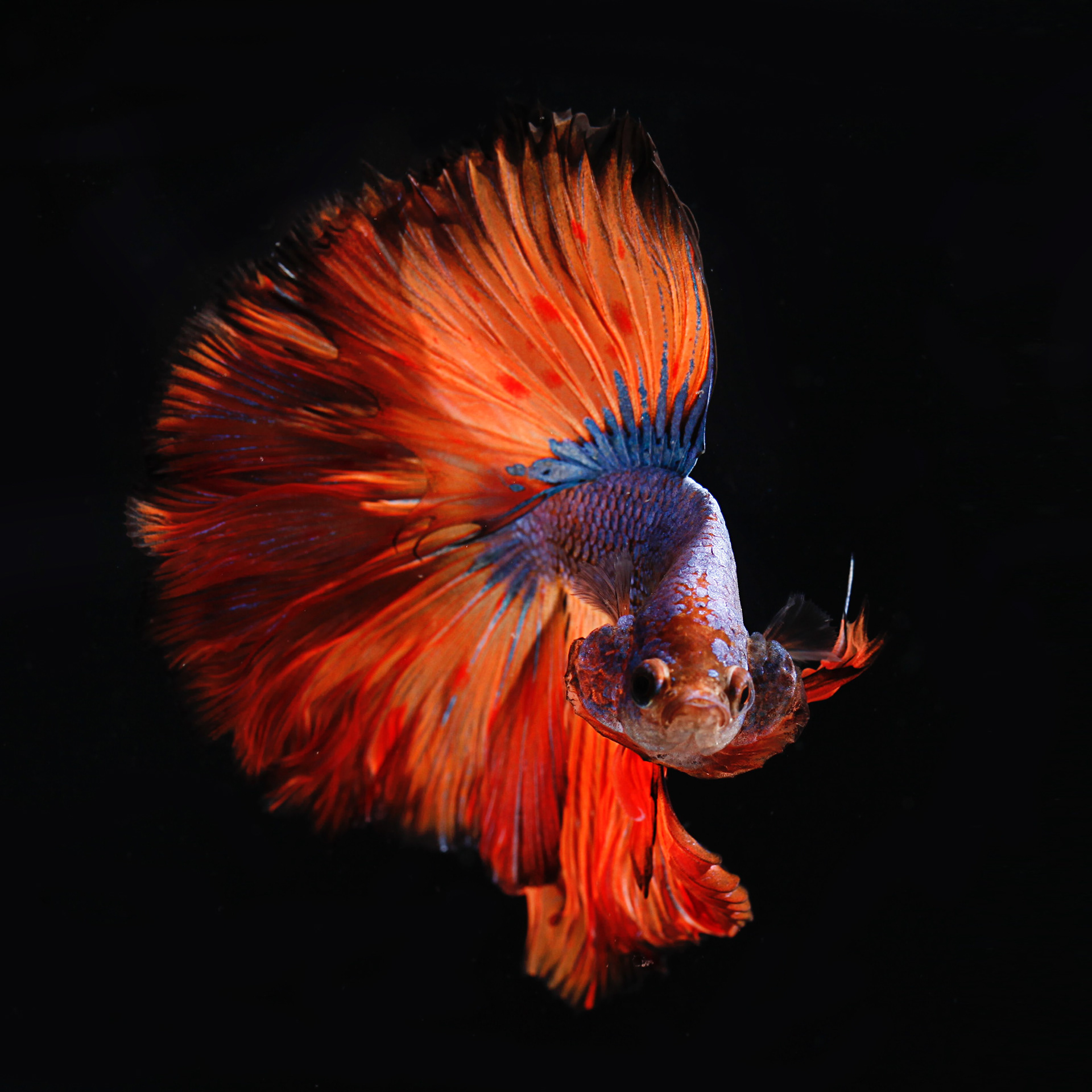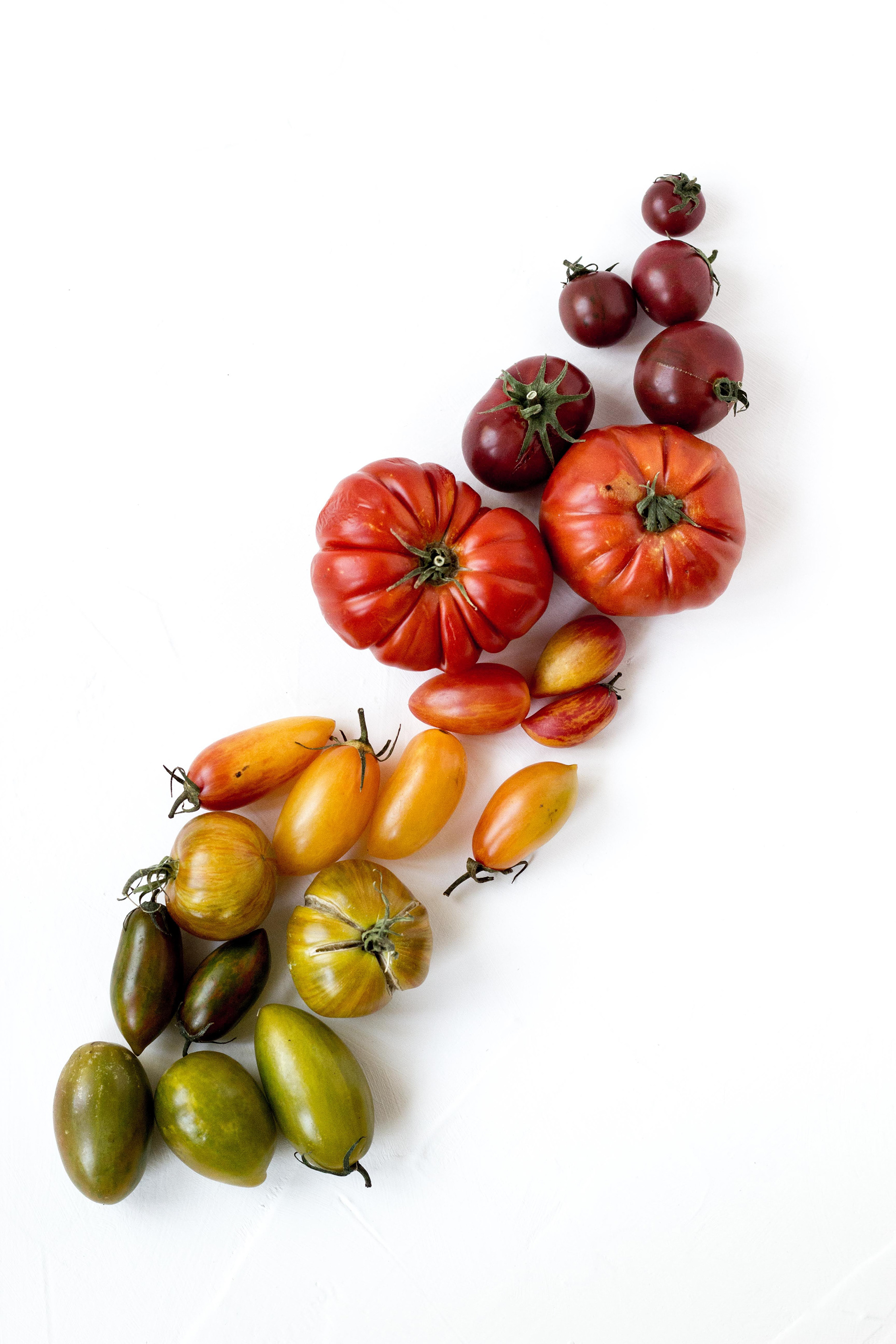







Look at the pictures above. You will notice that there are a wide variety of living organisms including both plants and animals that vary in size and appearance. Which of the organisms do you know the most about? How is that organism similar/different from others of the same species? Where did those similarities and differences come from? Take the dog for example. How is the dog in the photo similar to other dogs? How is it different from other dogs? Why do these similarities and differences between dogs exist? Before we can answer those questions, we need to discuss the basics of genetics and evolution.
Genetics is the study of genes (small sections of DNA that code for your traits) and how they are passed down from parents to offspring (heredity). Traits that are easy to see include height/size and skin or fur color. However, organisms can also inherit traits that aren't so easily identified, like behaviors or instincts. But, if you inherit your traits from your parents, why don't you look the same as them? For humans (and other organisms with two biological parents), you probably already know that you look different because you get half of your DNA from each parent. However, did you know that you have mutations (changes) in your DNA that even your parents don't have? Together, the combining of your parent's DNA, and the unique mutations you inherit help make you stand out in a crowd! For a more in depth look at mutations use the "What is Mutation?" link below and/or watch the mutations video.
When organisms inherit a trait that helps them survive and reproduce we call it an adaptation. Adaptations can be physical (body structures) or behavioral (the way an animal acts), and come from the natural variation in populations as a result of combining genes and/or mutations. Over hundreds of generations, small mutations and variations can lead to significant changes in populations. The process by which organisms with traits that support survival and reproduction become more common, while those with traits that do not support survival or reproduction become less common is called natural selection. Natural selection has NO goal; it is the consequence of having (1) variation, (2) inheritable traits, and (3) differences in survival and reproductive success.
Use the links below to learn more about natural selection. The first link will direct you to a video about natural selection in a population of mice. The second video will direct you to a website with a variety of videos and examples of natural selection. Prompts for the 2nd link's "side quest" handouts can be found below the link.
Amazing Adaptations:
How do adaptations help animals and plants survive?
Name and describe the adaptations of two different organisms. Explain how they help the organisms survive.
Masters of Disguise:
Draw a picture to model each type of camouflage (mimicry, concealing, and disruptive). Use color! Be creative and try to come up with an example not included in the reading!
Sexual Selection:
How do males change if the female is picky? Why?
How do the males change if they have to compete for mates? Why?
Modern Human Evolution:
Choose one of the three readings about humans adapting to their environment. Use evidence from the reading to explain how humans are still evolving today. You can write your answer or use labeled drawings to answer this.
Nature isn't the only selective force causing populations to change though. Artificial selection is when humans choose which organisms get to reproduce, and even which specific genes are passed on! In doing so, humans have selected for traits that are in some way beneficial to us. For example, we have selected for traits in dogs that make them good companions or good trackers. We have also selected for traits in plants that make them larger and/or taste better. However, as technology changes, we are finding more unique ways to ensure that organisms have the traits we want. Genetically modifying organisms has not only been helpful for providing plants the ability to better withstand drought or pests, but it has also been used for improving our understanding of biological processes and medical interventions. In fact, without genetic engineering, we wouldn't be able to produce insulin to treat people with diabetes like we do today!
Use the links below to learn more about artificial selection.
Piecing all of this together:
Now that you are an expert on natural and artificial selection, you are going to create a Venn Diagram to compare and contrast them! Include as much as you can in your Venn diagram. If you don't quite feel like an expert yet, go back and review some more of the resources, or do some research on your own.